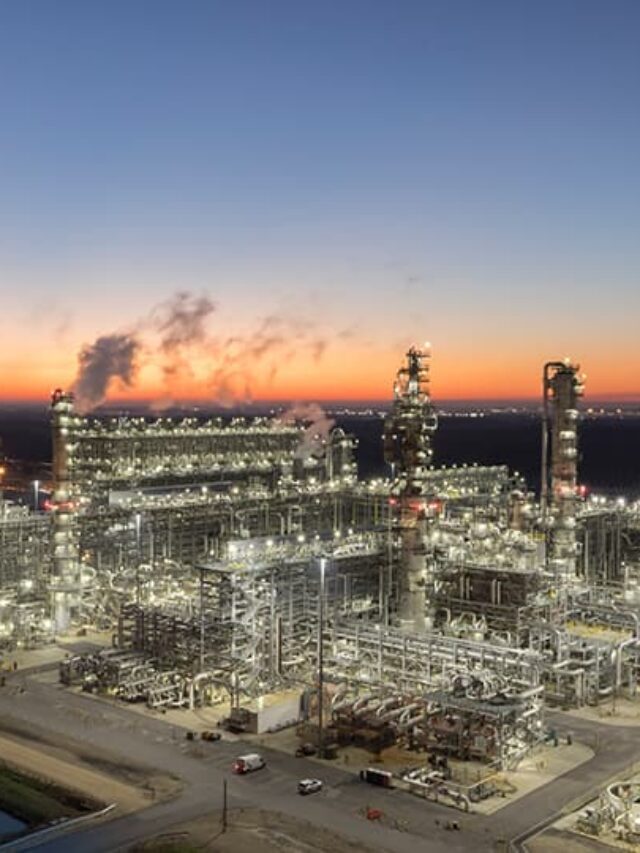WHAT IS ‘flaring’ in chemical plants?.
BAYTOWN, Texas: The Chevron Phillips Chemical Company in Baytown experienced a power outage Tuesday morning, causing heavy smoke and flare-ups that were visible for miles.
9500 Interstate 10 East is the address of the plant where the incident occurred.
A statement was posted on social media by Chevron Phillips explaining what was happening. According to the message:
A power outage caused an unplanned operational issue at our Baytown facility. This incident has caused flaring and smoke to be visible. In the plant or in the surrounding community, there is no danger. Thank you for bearing with us during this incident. We apologize if you were inconvenienced. If the condition changes, additional updates will be posted. When the event is over, we will post an All Clear message.”
WHAT IS ‘flaring’ in chemical plants?.
‘Unplanned operational issue’ leads to a flare-up at Chevron Phillips Baytown facility, officials say
Aerial photos of Baytown after flare-ups at Chevron Phillips
How does flaring work? Baker Hughes compiled a list of quick facts, which KPRC 2 found.
- What is the pole with a flame we often see at industrial sites?
Flare stacks are tall thin structures with flames or steam coming out of the top. Gas combustion devices are used at industrial sites to burn off waste or other unwanted gases.
- So why is the flare stack producing fire?
There are a few typical reasons for flare stacks to produce fire: 1) as part of testing to stabilize pressure and flow from a well; 2) for managing waste gas that cannot be captured or processed, and 3) for safety or emergency situations to release pressure.
There are flare stacks in refineries, chemical plants, petrochemical plants, natural gas processing plants, offshore exploration platforms, well heads, and landfills.
- Does flaring release carbon emissions?
Combustion of vent gas, which is largely methane, is the main purpose of flare stacks. Carbon dioxide (CO2) and water (H2O) are produced when methane (also known as CH4) is burned.
It is invisible or appears like steam (for downstream flares) if the methane is not burned before it is released into the atmosphere.
In terms of global warming over a 100-year period, methane is 25 times more harmful to the environment than carbon dioxide.
The importance of that flame can be explained by this. To reduce a facility’s long-term carbon dioxide equivalent emissions, flare stacks should be optimized for combustion efficiency, so as much methane as possible is burned, converting it into carbon dioxide.
- What are some common misconceptions about flaring?
People automatically think fire is dangerous when they see it. A flare stack that vents methane masked by steam is much worse, however.
In terms of carbon emissions, the bigger and brighter the flame coming out of a flare stack, the less impact that facility is having on the environment.
- How can oil and gas companies continue to flare if they want to reduce emissions?
By finding uses for the gas instead of burning it, companies can reduce routine flaring. Energy can be produced more efficiently by capturing this gas.
Today’s technology also enables operators to monitor and measure combustion efficiency in real-time – reducing the amount of carbon dioxide released by flares.
Modern flare optimization solutions allow facilities to operate at 96 percent efficiency or higher. Up to 12,100 metric tons of CO2 equivalent emissions can be reduced annually through this improvement.

